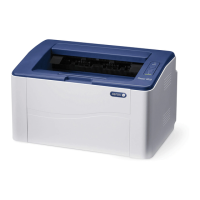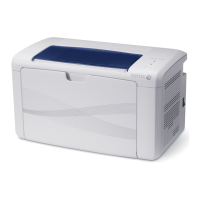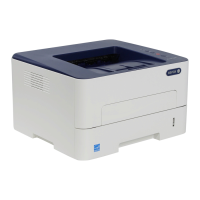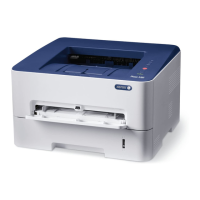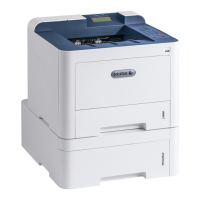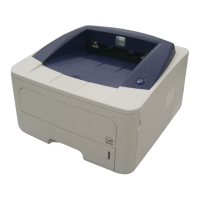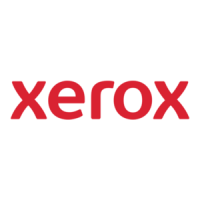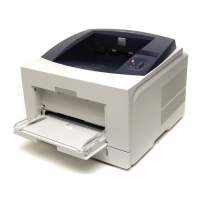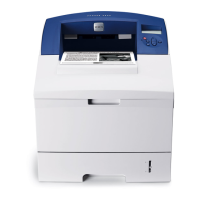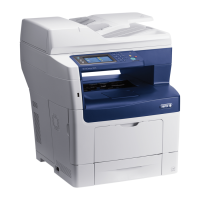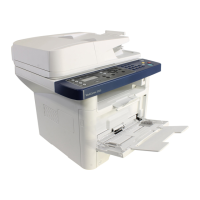June 2014
1-3
Xerox® Phaser® 3020 Printer Service Manual
Service Call Overview,
Service Call Procedures
Service Call Overview
This section provides an overview of actions a service technician should take when servicing a
machine. Refer to the checklist below as a guide for steps to take when troubleshooting prob-
lems with the printer. Follow all precautions listed in the Safety Precautions section.
1. Identify the problem
• Verify that the problem exists.
• Record any error codes.
• Print both customer and test prints.
• Make note of any image quality problems in the test prints.
• Observe if any unusual odors or noises coming from the printer.
• Ensure that the AC input power is within specifications.
• From the Diagnostics Mode, print an Error Information Report.
2. Inspect and clean the printer
• Disconnect and inspect the power cord.
• Inspect the interior of the printer. Remove any debris or contamination.
• Inspect the printer for damaged wires, loose connections toner leakage or any other
worn or damaged parts.
3. Find the cause of the problem.
• Use troubleshooting procedures to find the root cause of the problem.
• Use diagnostics to check the printer and components.
• Use the BSDs and wiring diagrams to locate test points.
• Take voltage readings as instructed in the troubleshooting procedure.
4. Correct the problem
• Use the Parts List to locate part numbers.
• Use the Repair Procedures to replace parts.
5. Final Actions
• Test the printer to verify that the problem has been corrected and that there are no
additional problems.
Diagnostic Mode
The Xerox® Phaser® 3020 printer has built-in diagnostics to test components, display status
and some NVM access. The diagnostic tests are accessed through the Embedded Diagnostic
Control (EDC) tool. Refer to the Xerox® Phaser® 3020 User Guide for detailed instructions on
using the Control Panel buttons and menus. Refer to Section 6 for information regarding diag-
nostic testing
Safety Precautions
Ensure that all Cautions and Warnings in the service procedures are followed.
Failure to follow the following instructions could cause an electrical shock or fire hazard.
• Only use the Power Cord supplied with this product.
Do not allow the Power Cord to become twisted, bent, or damaged.
• Do not allow liquids to spill on or into the machine.
• Do not allow paper clips, pins or other objects to fall into the machine.
• When replacing the LVPS PWB wait 5 minutes after unplugging the Power Cord before
removing the PWB. This allows the PWB to discharge, preventing electrical shock.
Laser Safety
• The Laser system is designed so there is never human access to the Laser radiation dur-
ing normal operation, user maintenance, or service maintenance.
• Do not bypass or disable any laser safety devices or attempt to service the Laser.
